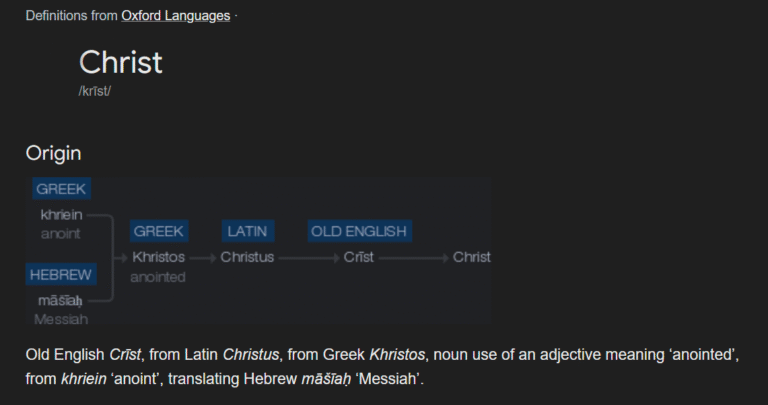
The traditional view of Jesus Christ,
As held by mainstream Christianity since the early ecumenical councils (especially Nicaea in 325 AD and Chalcedon in 451 AD), is that:
Jesus Christ is the eternal Son of God, fully divine and fully human, who became incarnate to redeem humanity from sin and death.
More specifically:
Divinity: Jesus is the second Person of the Trinity, co-equal and co-eternal with God the Father and the Holy Spirit. He is not a created being but has always existed as God.
Incarnation: Jesus, while remaining fully divine, took on a fully human nature through the Virgin Mary, becoming both God and man in one person (a doctrine known as the hypostatic union).
Life and Mission: He lived a sinless life, taught with divine authority, performed miracles, was crucified under Pontius Pilate, died, and was buried.
Resurrection and Ascension: On the third day, He rose bodily from the dead, appeared to His disciples, and later ascended into heaven, where He reigns and intercedes for humanity.
Salvation: His death is seen as a sacrificial atonement for sin, reconciling humanity with God. Salvation is received through faith in Him.
This traditional Christology is shared by Catholicism, Eastern Orthodoxy, and most Protestant denominations, and it forms the basis of the Nicene Creed, the foundational statement of Christian faith.
The scholarly view of Jesus Christ,
Especially within the field of historical Jesus studies, focuses on distinguishing the historical figure of Jesus of Nazareth from theological interpretations developed by the early Church. Scholars approach this through historical-critical methods, examining ancient sources in their historical, cultural, and literary contexts. While views vary, several broad points of consensus have emerged:
Historical Existence: The vast majority of scholars agree that Jesus was a real historical figure, a Jewish teacher who lived in first-century Roman-occupied Palestine and was crucified by order of Pontius Pilate.
Jewish Context: Jesus is seen as a first-century Jewish apocalyptic prophet, moral teacher, or wisdom figure, deeply rooted in Jewish traditions, expectations, and debates of his time.
Teachings and Actions: He preached about the Kingdom of God, called for repentance, challenged social and religious norms, and was known for parables, healings, and his association with marginalized people.
Death: His execution by crucifixion is considered historically certain and is typically interpreted as a response to perceived threats against Roman authority or Jewish temple leadership.
Resurrection: While scholars acknowledge that belief in the resurrection was central to the early Christian movement, opinions vary: some see it as a subjective visionary experience, others leave it as a matter of faith beyond historical inquiry.
Development of Christology: Most scholars believe that the view of Jesus as divine (the Son of God, pre-existent, part of the Trinity) developed over time within the early Christian community, rather than being a self-claimed identity during his lifetime.
In sum, the scholarly view treats Jesus as a historical person whose life and message inspired the later theological claims of Christianity. Scholars often distinguish between "the Jesus of history" (what can be known through critical study) and "the Christ of faith" (the divine figure worshiped in Christian doctrine).
IT Security Theme By Classic Templates
